I have never been ambitious enough to master a vast array of knots. There are plenty of books filled with detailed instructions and photos for scores of complicated hitches and bends, but in practice, there are only a few simple knots that I use regularly aboard my boats. Quick-release tension knots, which can be drawn very tight and released instantly even when under load, are an extremely useful part of my repertoire. The common trucker's hitch (shown loosely tied for clarity) has a slip-knot loop and two half hitches holding the tension.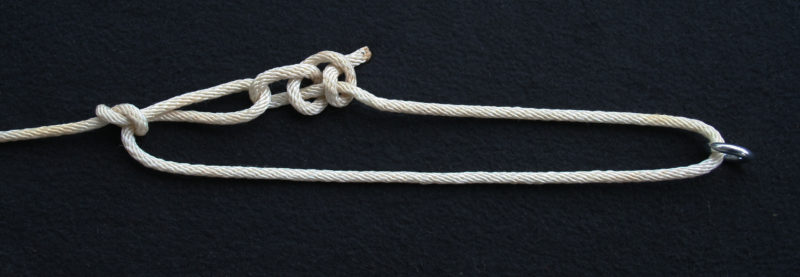 SBM
SBM
Join The Conversation
We welcome your comments about this article. To include a photo with your remarks, click Choose File below the Comment box.
Comments (6)
Comments are closed.



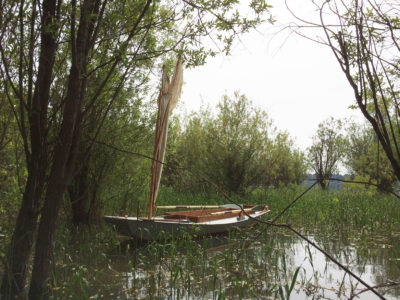

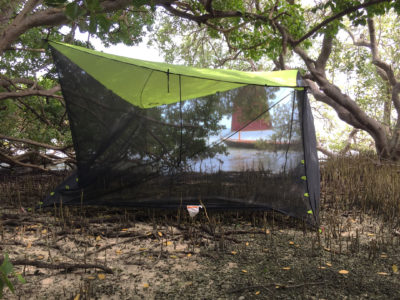
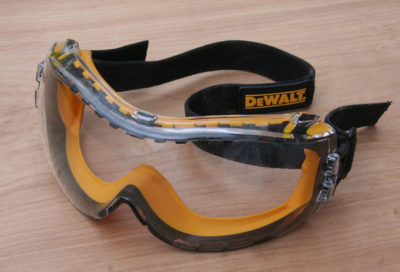


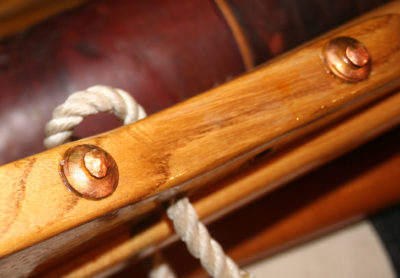
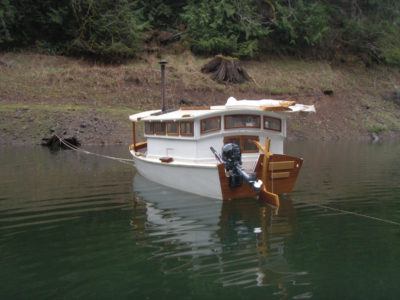
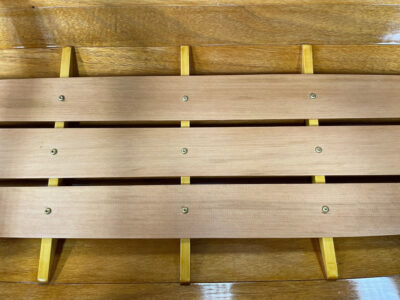
Using a tension knot on a half pin is a easy way of giving you an instant releasing halyard, the Norwegian practice, or an instant release sheet, ( what I was taught as a doryman’s hitch. You need to lead the sheet or halyard around the pin, then tuck the loop in between the tensioned line and what ever bit of wood the pin goes through. What Ashley calls the slippery hitch #1619 or the slippery pin hitch #1620. On a small boat I like to use a recessed pin through a thwart so I can sit on it if needed, or a permanent pin cut off flush.
The Norwegians also use these tension knots on shrouds.
On my skiff with a mainsheet that leads from one quarter, through the clew then to a ring on the other quarter, I have a cut splice Ashley #2832, between the dead end of the sheet and the clew of the sail may be a foot or so above the dead end. The bight in the cut splice is sized so that I can tuck a loop of mainsheet into it. When tensioned the sheet holds the loop which can be yanked for quick release.
Tom, around 1995, I submitted to the International Guild of Knot Tyers, a knot that I used quite extensively in lieu of a Trucker’s Hitch. I called it a Z-Trucker’s Hitch and the main difference was that I used an Inline 8 instead of a full Figure 8 in the bight as you have shown. For me it was faster, repeatable and as you are using yours, quick to completely clear all bits of knots from a length of line. On the rare use that I have a need to tie and then loosen, then retie, I also use the full Figure 8 in the bight. Good article.
The Truckers hitch was originally the “Frigate hitch” long before there were trucks! It was used to secure deck cargo and barrels in the hold.
Good stuff-I’ve used a modified version that is easier to untie if hitch is subjected to a high load: after forming the initial bight and passing a loop through, simply pass the loop again-I’ve towed trucks using this approach and then easily untied the hitch.
Thanks for the comments and suggestions. There’s always another little trick to be learned with these kinds of knots, and everyone seems to find their own personal variants that work well for them. I really enjoy the minimalist, low-cost spirit of using lashings and knots instead of hardware where it’s convenient to do so. Some very old technology indeed.
I also use a variant of the trucker’s hitch; instead of going once around before putting the bight through the loop, I’ll do it two or more times – basically a figure 8, but only around the load side. I find the extra friction from the additional wraps makes untying an easier affair.